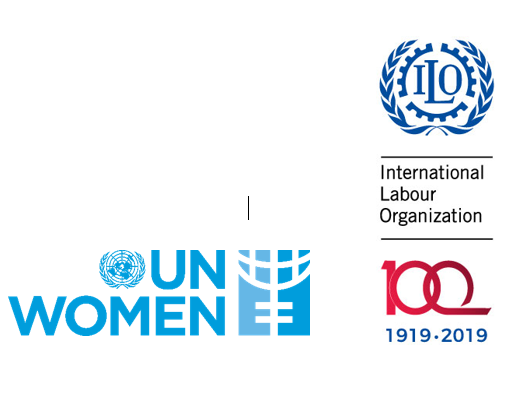Some workplace policies and collective agreements have a strong focus on third-party violence and harassment. Collective bargaining has been a particularly important tool in setting out the framework for such policies and in raising awareness about the issue, for example, in the health, retail, hospitality and transport sectors.
According to European social dialogue partners, third-party violence and harassment may involve physical, psychological, verbal and/or sexual forms of violence and harassment and constitutes one-off incidents or more systematic patterns of behavior (EPSU et al, 2010 and EPSU-UNI, 2009).
Promising practices in policies and guidance on third-party violence and harassment address the following issues:
- Disseminating the prohibition of third-party violence and harassment, which can include posting of signs on prohibited behavior in areas accessed by third parties, such as buses, railway stations, hospital or waiting rooms, bars and restaurants;
- Assessing and reviewing prevention measures, such as carrying out regular and specific risk assessments, reviewing past incidents to inform new prevention measures and implement organizational change;
- Reducing isolation at work as a way of diffusing potential violence and harassment from third-parties;
- Training managers and workers, including on techniques to avoid or manage conflicts;
- Providing support for affected workers and witnesses, including access to support inside and outside the workplace, including legal, medical and financial support;
- Establishing and respecting monitoring and investigation procedures, carrying out regular risk assessment and data collection on previous incidents and informing victims of progress made during investigations;
- Providing clear formal and informal reporting procedures, written and verbal reports to line managers/supervisors and systems for confidential and anonymous reporting, and providing protection from possible reprisals.
|
Policies on violence and harassment against women by third parties |
|
A sectoral approach to third-party violence and harassment[1] In 2010, European social dialogue partners in services sectors developed the multi-sectoral guidelines to tackle third-party violence and harassment at work, which identified key elements of good practices, including: “a partnership approach; clear definitions; prevention through risk assessment; awareness raising, training; clear reporting and follow-up; and appropriate evaluation” (EPSU et al , 2010, p.2). The guidelines promote a “‘holistic’ approach, covering all aspects from awareness raising over prevention and training to methods of reporting, support for victims and evaluation and ongoing improvement” (EPSU et al, 2010, pp. 3-4). Good practice approaches include social dialogue and a partnership approach between employers and workers; clear definitions of what constitutes third-party violence; prevention through robust risk assessment; awareness- raising and training; clear reporting and monitoring of incidents; and appropriate evaluation. |
[1] See also: https://www.epsu.org/article/multi-sectoral-guidelines-tackle-third-party-violence-and-harassment-related-work
